Kouvola RRT – Frequently Asked Questions
1. What is Kouvola RRT?
The Kouvola RRT (rail and road terminal) project is among the measures aimed at developing the logistics sector and terminal activities in Kouvola.
Kouvola RRT is a modern and versatile intermodal terminal area that serves the ever growing needs of both domestic and international container transport.
The development of the Kouvola RRT is one of the strategic priorities of the City of Kouvola aimed at aimed at centralizing intermodal transportation while making the related activities more efficient.
2. Where will Kouvola RRT be located?
Kouvola RRT will be situated in Tehola area in Kouvola. The intermodal terminal constructed in the first phase of the project will be situated in Kullasvaara, along the Kouvola–Joensuu track, east of national route 15 and south of national route 6.
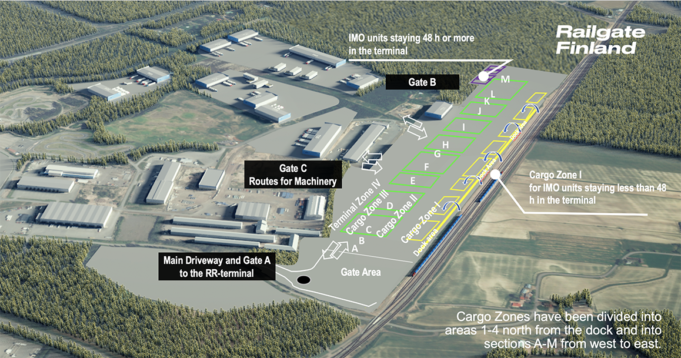
The current logistics centre in Tehola will be in the future a part of the Kouvola RRT area.
3. Kouvola logistics centre is already among the top ones in Northern Europe. Why is the new intermodal terminal needed?
The new terminal answers to the future needs in logistics. Developing railway traffic is one element in tackling the global climate crisis. New ways are needed to organize the flow of goods efficiently, safely and with minimal emissions. For this reason, increasing the volume of rail transports is necessary, which translates to more loading bays. The new terminal will serve to these needs.
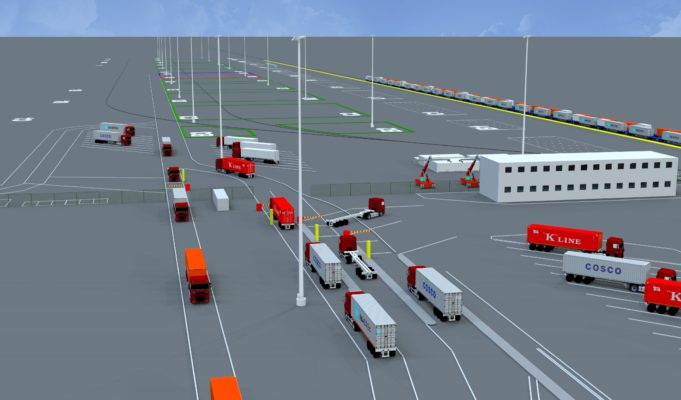
4. What will be built in the RRT area?
According to the general plan drafted for the development of the area, an intermodal terminal will be built in the first phase of the project. In the following phases, logistics and business areas will be built to serve the needs of industrial operators.
The new intermodal terminal area for long trains in phase 1 will enable handling trains up to 1.1 km long and using new and innovative cargo-handling methods through robotics and digitalization. Two new loading tracks will be built in the terminal area.
The construction and planning area for the RRT covers a total of 170 hectares. The intermodal terminal area north of the track is 42 hectares.
The terminal area, funded by the EU, also includes a 6-ha stormwater area south of the track where nothing will be constructed.
The new terminal area will be constructed in an environmentally friendly and material-efficient manner.
5. Why does the current logistics area not meet the needs of container train traffic?
Future logistics operators in the Kouvola RRT area must be guaranteed enough space and the possibility to expand their operations. The current Tehola logistics area does not have enough space for new plots, and the need for additional space is significant.
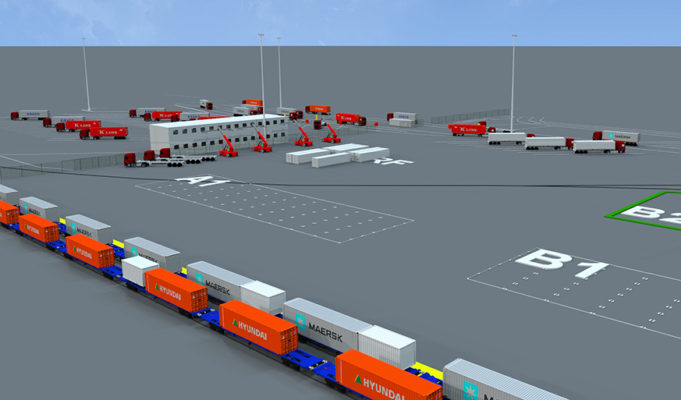
The new intermodal terminal will make it possible to handle and load trains longer than a kilometre as one unit on a single track. This will create savings in time and costs for rail freight. As the container train traffic increases, the operations in the Kouvola logistics area must be prepared to handle dozens of trains per month.
The current Tehola logistics area will be incorporated in the new terminal area. The existing project hall will serve the needs of project deliveries of trains that require space and special expertise.
6. What is the construction schedule?
The Kouvola RRT rail and road terminal project is divided into phases, and the construction will take place between 2019 and 2023. The phase 1 construction works have begun in early 2019 and they are expected to be completed by the end of 2022, making the commissioning of the area possible in 2023.
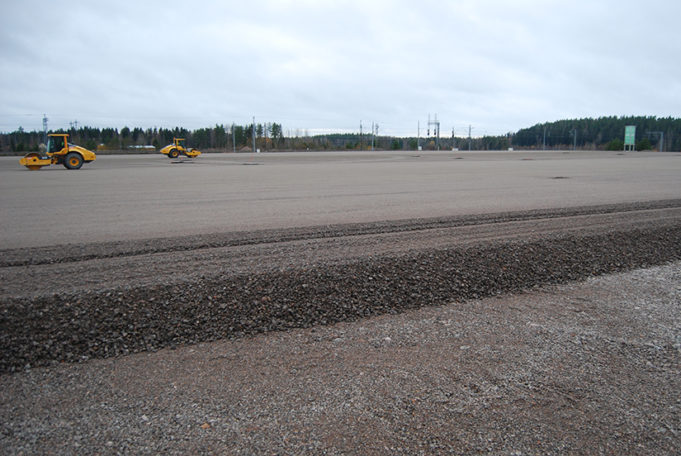
To date, approximately 80 percent of the intermodal terminal has been constructed. Kouvola City Council has approved the construction of Kouvola RRT, and the city has committed to allocating the necessary funds for the project.
7. How much does the RRT project cost and who will pay for it?
The first phase of the project, i.e. the intermodal terminal area, will cost approximately EUR 39.3 million. Of this, the City of Kouvola will cover EUR 28 million, and the State (Finnish Transport Infrastructure Agency) EUR 4.4 million. The costs consist of the connections between the intermodal terminal and the main road network, the loading platforms for long trains, the intermodal terminal area, including its municipal engineering works, and general project management.
The City of Kouvola, the Finnish Transport Infrastructure Agency and the Finnish Ministry of Transport and Communications have applied for EU funding for the project. In March 2019, the European Commission granted the project CEF funding for EUR 7.9 million, which accounts for about 20 percent of the total cost of phase 1.
The EU has previously granted the City of Kouvola CEF funding for approximately EUR 1.7 million for the planning and development of the project in 2016–2018. The total planning budget was EUR 3.4 million, of which the CEF funding accounted for 50 percent and the City of Kouvola covered the remaining 50 percent.
Compared to the city’s total investments, Kouvola RRT is a moderate one. In addition to basic investments, the city also needs investments to strengthen its vitality. With the RRT terminal, the perspective is beyond the future of just Kouvola in that of Europe. Climate-friendly solutions are needed and actively developed on the EU level as well.
8. Why is the logistics area being built in Kouvola?
Kouvola has proven an important hub for both domestic freight transport and international rail traffic. At its core there is a network of companies that has grown into a significant cluster of warehousing, terminal, forwarding and value-added services. Moreover, Kouvola is the only rail and road terminal location in Finland that is part of the international core traffic network TEN-T (Trans European Network – Transport).
Kouvola has good transport connections in many directions, and the city is an important hub for domestic and international rail traffic. In 2015 and 2020, Kouvola was selected as the top logistics centre in Northern Europe. The new terminal will enforce the city’s position as a major logistics centre.
Due to its location, Kouvola forms a functional link in freight traffic between the Nordic Countries, Europe and Asia. The train connection between Kouvola and China is the shortest route between the EU and Asia, in terms of both distance and travel time.
9. How many jobs will the RRT project create?
In the past 20 years, approximately 140,000 square meters of new floor area has been built in the Tehola-Kullasvaara logistics area. That means roughly 140 M€ in construction investments and about 60 M€ invested in machinery and equipment, ie. approximately 200 M€ in total over 20 years’ time, making the average investment level 10 M€ per year. The job impact of these investments has been about 1 400 man-years over the 20-year period, i.e. 70 new jobs per year on average.
The effects of Kouvola RRT are estimated to maintain an unchanged pace of investment at a minimum, requiring the new terminal and finished lots for businesses. At best, Finland’s most efficient train loading site can double the estimate.
10. Why is the container train connection so important for rail transport in Northern Europe?
The new train connection will shorten the route between Asia and Europe by ca 2 000 km, improving cost efficiency and competitiveness. The track gauge in Finland being the same as in Russia, only one time-consuming reload is needed on the route.
The new eastern transport corridor will generate business opportunities for production sectors for which, until now, air freight has been too expensive and marine transport too slow. It allows faster freight connections from Europe and the Nordic Countries to Japan, Australia and South Korea. Thanks to the reduced transport time, it will also enable importing and exporting refrigerated and seasonal products.
The shift towards rail transport plays a key role in reducing the carbon footprint of container and freight transport.
11. How are future competences in logistics and railway industry ensured?
Kouvola is a traditional railway junction and the hub of training and education in the railway sector in Finland. It is the site of vocational training in the railway sector in the form of Kouvolan Rautatie- ja Aikuiskoulutus Oy (Kouvola railway and adult education centre, KRAO) and Liikenneviraston Ratatekninen oppimiskeskus (FTA education centre for rail technology, ROK) which ensures that skilled employees will be available for the demanding tasks in the railway sector in the future.
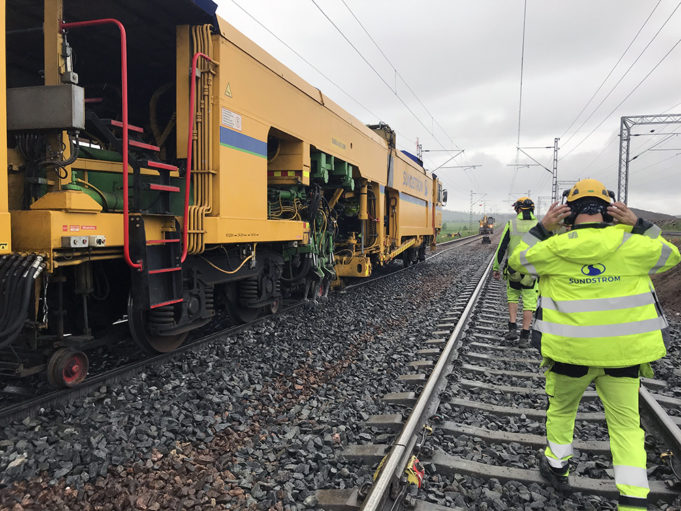
The Kouvola unit of the Lappeenranta University of Technology (LUT) hosts university-level research and development activities in the railway sector as well as a professorship in railway logistics.
In addition, the head of research in railway logistics in the South-Eastern Finland University of Applied Sciences (XAMK) campus in Kouvola collaborates with the City of Kouvola, Kouvola Innovation Oy and the Finnish Transport Infrastructure Agency, among others, in the development of business and expertise in railway sector.
12. What administrative decisions is the project based on?
In December 2013, the European Commission and the Council passed Regulation (EU) No 1315/2013 on Union guidelines for the development of the trans-European transport network. According to the regulation, member states must take appropriate measures for the development of the core network for compliance with the provisions of the regulation by the end of 2030.
In the regulation, the Kouvola RRT railway and road terminal has been identified as the only RRT in the core network in Finland. The City of Kouvola has proposed to the Finnish Ministry of Transport and Communications that the state should promote rail traffic by contributing to the realization and funding of the required railway infrastructure for the only Finnish TEN-T rail and road terminal.
The service level of the terminal will be upgraded to meet the objectives of the Scandinavian-Mediterranean Corridor of the European Union. The intermodal terminal will enable block train transportations using trains up to 1 100 metres long, particularly to and from Asia and Russia.
A grant agreement on the planning of the project was signed between the City of Kouvola and the European Commission’s Innovation and Networks Executive Agency (INEA) in October 2016.
The development of the Kouvola RRT area is in accordance with the approved regional and local master plans. The development of the project is among the essential measures to be implemented or started in 2016–2020, as defined in the Kymenlaakso regional traffic strategy 2035 (Kymenlaakson liikennestrategia 2035) memorandum of understanding from 2015.
13. What is Railgate Finland?
Railgate Finland is a subsidiary of Kouvola Innovation Ltd., a company owned by the City of Kouvola and established to develop the RRT area. Railgate Finland helps logistics companies to utilize the dry harbour and its services as efficiently as possible.
Railgate Finland manages the terminal area and leases storage and office space to companies operating in the area, as well as develops and manages the terminal’s infrastructure and security and environmental systems. The terminal uses open access principle to offer open, equal and non-discriminatory conditions to all logistics companies providing transport, forwarding, handling and warehousing services.
14. What sort of cargo will the terminal handle?
Kouvola RRT is an intermodal terminal, where the mode of transport is changed from rail to road or vice versa. The terminal mainly handles containers and other large railway units. In addition to cargo and liquid containers, the terminal can handle, for example, semi-trailers in combined transports and various project cargoes.
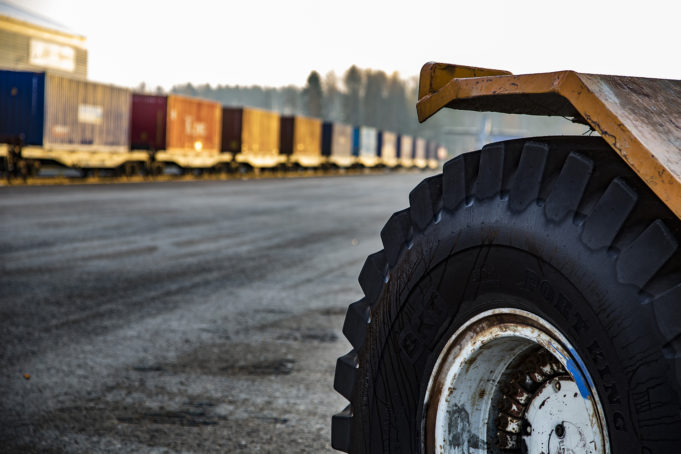
For instance, handling long trains commonly used in Russian freight traffic has not been possible in Finland until now. The new terminal in Kouvola will enable loading and unloading of freight trains more than a kilometre long in one go, which will create significant savings in time and costs.
15. Who will be using the terminal?
The users of the terminal are transport and logistics companies of different sizes that import, export, store or distribute goods. Railway transports can only be provided by licensed railway operators.

16. What parties are involved in developing the project?
The Kouvola RRT is implemented as a joint project by the City of Kouvola and the Finnish Government. The RRT area will be connected to the national railway network via two loading platforms, owned by the Finnish Transport Infrastructure Agency, responsible for the country’s railway infrastructure. The city oversees the implementation, maintenance, leasing and construction planning of the terminal area. The city and the Finnish Transport Infrastructure Agency co-manage the planning works.
17. How is the circular economy visible in the project?
In the Kouvola RRT project, the new terminal area is built using environmentally friendly methods while ensuring the efficient use of materials. The project aims to reuse materials and resources systematically. Measures have been taken to use such materials as concrete chippings and industrial by-products and low-quality soil from the project. The materials will be converted into resources that benefit the whole project.
Updated 16.11.2021